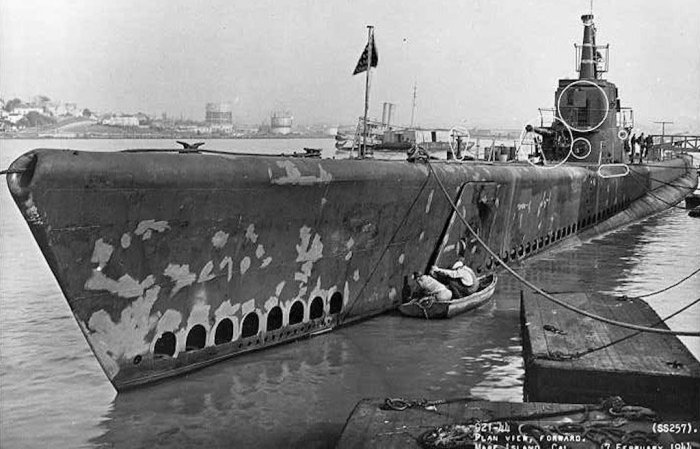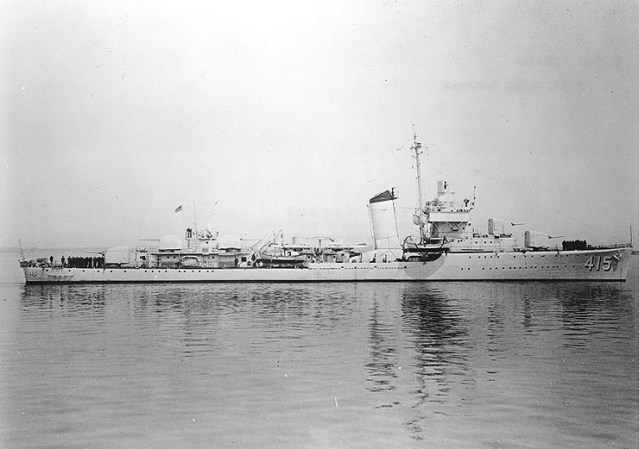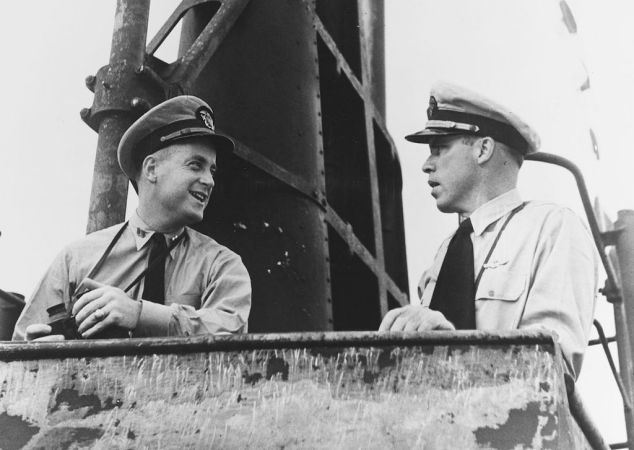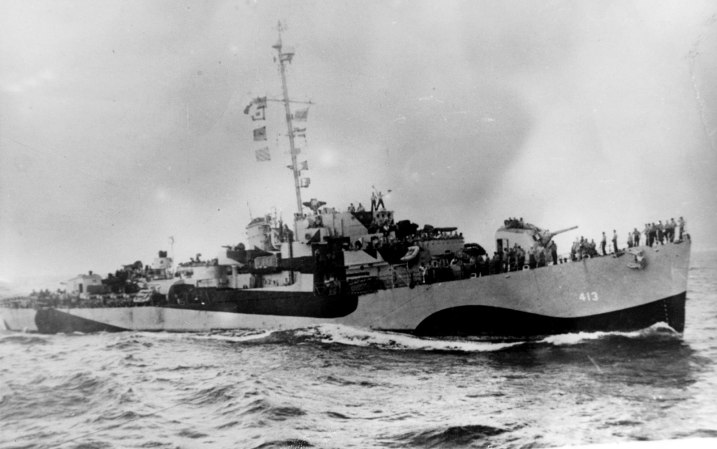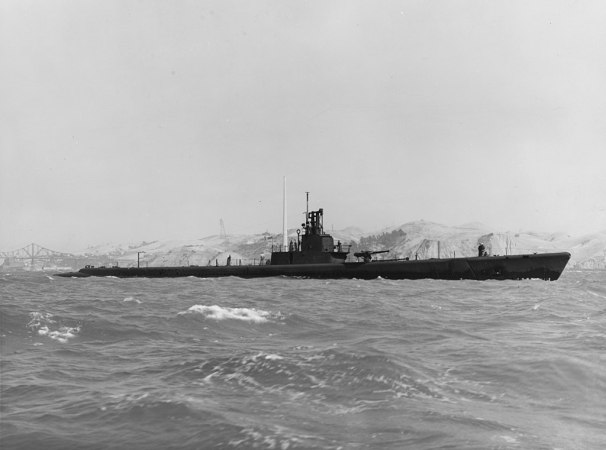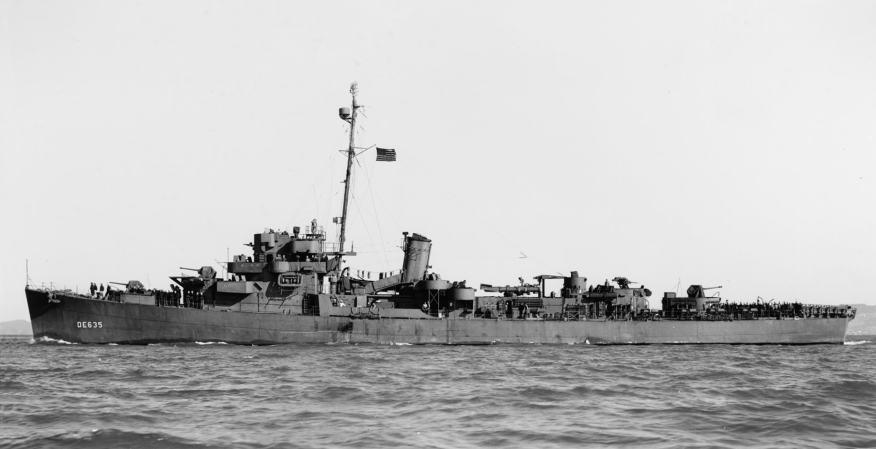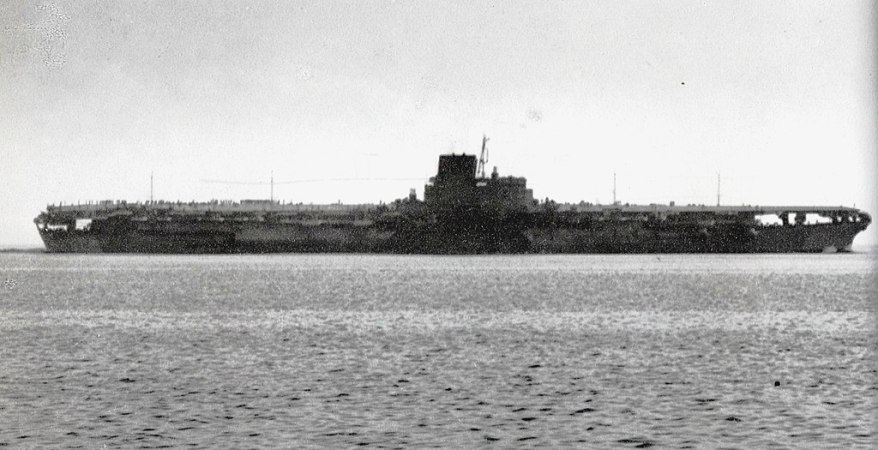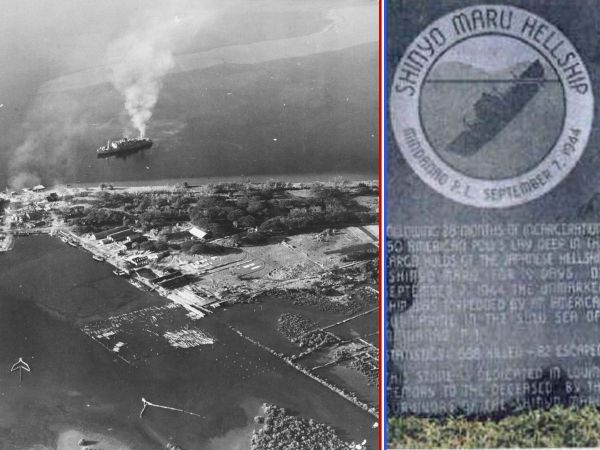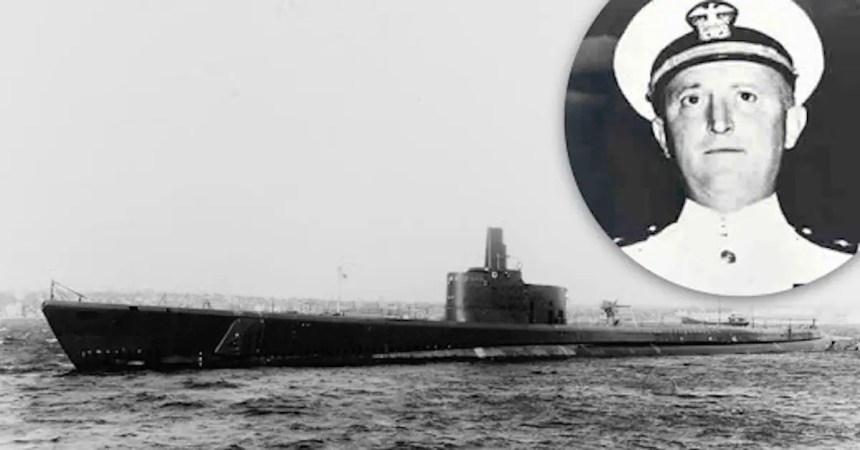Navy Lt. Cmdr. Lawson “Red” Ramage was a bold submariner, originally known for attacking a light carrier in his first sub command. But he would really become famous in 1943 when he led an assault on a Japanese fleet and sank or heavily damaged five ships during a submarine battle that lasted only 40 minutes. The event is remembered as “Ramage’s Rampage” and resulted in him receiving the Medal of Honor.
Red Ramage on the USS Trout
Red, a nickname that referenced the officer’s bright red hair, served as a young officer on the staff of Commander, Submarines, Pacific at Pearl Harbor. When the attack came, he entered the war with the rest of the Navy. And he quickly secured an assignment to a submarine as a navigator.
In that first assignment of the war, then-Lt. Ramage earned the Silver Star for his efficiency, skill and valor as the navigator of USS Grenadier. The boat destroyed 24,000 tons of shipping on the tour. Ramage got his first sub command a few months later. On his four tours as the commander of the USS Trout, Ramage earned a Navy Cross for his leadership under fire while destroying Japanese shipping.
Ramage and his crew scored the first hit of a submarine against a Japanese carrier at Truk in September 1942, though the carrier survived. The boat also served at Midway, the Solomons, the South China Sea, and more, under Ramage’s command.
It’s likely no surprise that the Navy expected him to be successful in his next command.
The USS Parche, a Balao-class
The Balao-class submarine was the most-common American submarine of the war with 120 commissioned. It had a hull made from stronger steel than its predecessors, allowing it to safely dive to 400 feet, a 100-foot improvement over the Gato-class. The boat had six forward-facing torpedo tubes and four aft. And it had a crew of 10 officers and 70-71 enlisted men.
The USS Parche (SS-384) was a Balao-class and Ramage took first command of the boat. On the first tour, Parche worked with USS Bang and USS Tinosa. The three-ship pack fought a successful tour, sinking seven ships. Ramage received the Navy Cross.
On the second tour of the USS Parche, Ramage and his crew made history. In a three-ship wolf pack with USS Hammerhead and USS Steelhead, they initially found little success. From June 17, 1944, to July 29, they found almost no targets and only the Hammerhead fired any torpedoes. Ramage asked permission to extend the tour. It immediately paid off.
The submarine battle
On the night of July 30, the Hammerhead spotted a Japanese convoy in the South China Sea. It radioed the Parch and Steelhead for help, and the subs found a tempting but well-defended target. Six escort ships were guarding 17 troop transports, tankers, and merchant ships.
The three subs maneuvered for attack positions on the convoy. Steelhead made the first attack run, firing 10 torpedoes.
Ramage turned toward the convoy to line up his first shots just as the convoy, coincidentally, turned toward him. Suddenly, Parche was in danger of an accidental ramming. The normal reaction would be to dive out of danger, but Ramage gave the order to navigate into the convoy instead.

The Parche found itself directly between the two rows of merchant ships. Parche had to take constant turns to avoid crashing into a larger ship, but it also started losing torpedoes.
The first weapons release was at 3:56 a.m on July 31. An enemy ship avoided the first two torpedoes Ramage fired. But a third torpedo a few minutes later caused an explosion on an unknown ship. Japanese crews fired flares and machine guns to try and kill the submarine crew.
Ramage fired four more bow torpedoes at an oil tanker, quickly dooming it with four hits. Three more torpedoes found two hits against another tanker, the Ogura Maru, damaging it. The torpedo crews frantically reloaded, and the next two torpedoes hit the Dakar Maru, a transport at 4:16.
At 4:21, Ramage finished off the Ogura Maru with three more torpedoes.
Then, a gunboat nearly rammed the sub before Parche took evasive maneuvers, missing destruction by 50 yards. As Ramage came out of these maneuvers, it found itself going head-to-head with a troop transport. Ramage ordered his men to fire the three loaded torpedoes facing forward before he attempted to turn.
Two torpedoes hit and nearly stopped the ship in its tracks. As the sub swerved and sailed away, Parche fired two torpedoes from the stern and sailed away. Those final shots, at 4:33, sank the transport with most of the over 2,400 troops onboard.
In less than 40 minutes, Japan lost five ships and thousands of troops. The Steelhead shared credit for the success, and the Navy officially credits Steelhead with two kills, Parche with two, and the crews shared credit for the fifth ship.
Ramage later received the Medal of Honor for his part in the battle, the first time a living submariner received the award. And the crew received a Presidential Unit Citation.



